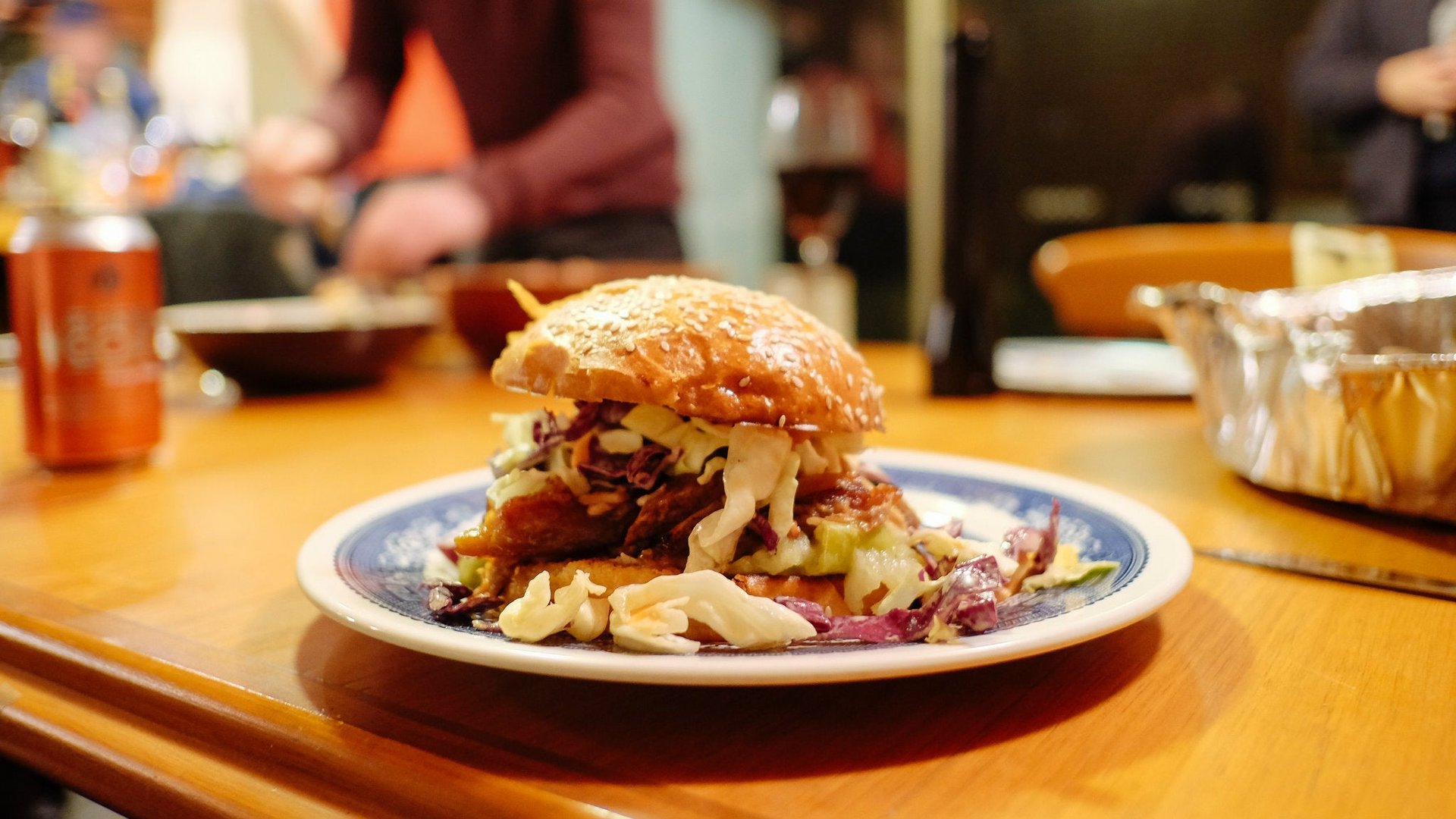Sit-down restaurant food is just as unhealthy as fast food
Before you congratulate yourself for dining at a nice restaurant instead of scarfing down junky fast food, here’s a wake-up call: Sit-down restaurant food is just as bad for you as fast food.


Before you congratulate yourself for dining at a nice restaurant instead of scarfing down junky fast food, here’s a wake-up call: Sit-down restaurant food is just as bad for you as fast food.
A new study in the European Journal of Clinical Nutrition used data from the National Health and Nutrition Examination Surveys conducted between 2003-2010, in which participants representative of the US’s non-institutionalized population recall their daily food intake. The survey purposely differentiated between food eaten at home or at a restaurant, and if at a restaurant, then at a fast-food location versus a full-service, sit-down one.
The survey participants’ daily intake of calories and nutrients—total fat, saturated fat, and vitamins—were all assessed. Researchers found that the calories and fat consumed at full-service restaurants were only slightly below what was eaten at fast-food locations. Compared with home cooking, eating fast food was associated with consuming an extra 190 calories each day—and full-service restaurants were just slightly lower at 187 calories a day. The same was seen with fat: 10.61 grams versus 9.58 grams, respectively. Fast food—but not full-service dining—was also associated with higher levels of sugar intake.
And when it came to sodium and cholesterol, full-service restaurants were actually worse: 412 mg of sodium and 58 mg of cholesterol compared to fast-food’s 297 mg of sodium and 10 mg of cholesterol. Levels of vitamins and minerals were split. Those found in animal products like calcium and iron, were higher in fast food. Those found primarily in fruits and vegetables, like vitamin K and potassium, were higher in full-service restaurants.
Demographics were also at work here: Men, for example, had higher intake levels of total calories and fat from both kinds of eateries than women, and African Americans had higher levels than their white and Hispanic counterparts. More fast food was eaten by people with lower education levels, and those in the middle income range ate more at full-service restaurants than either the rich or poor.
While the study, the authors note, confirms the stereotypes associating fast food with junk food, it also challenges the popular conception that sit-down restaurants are any healthier.